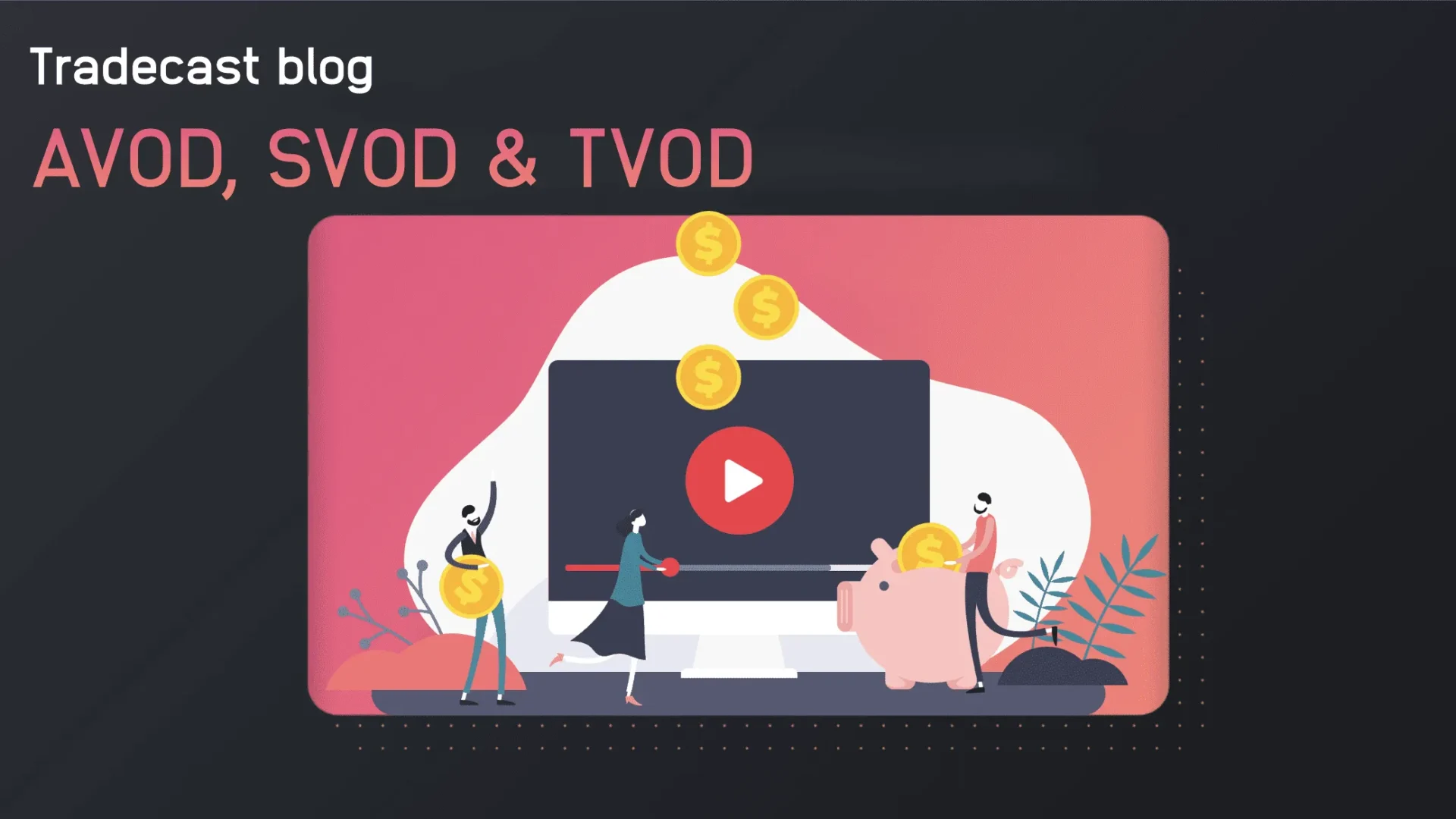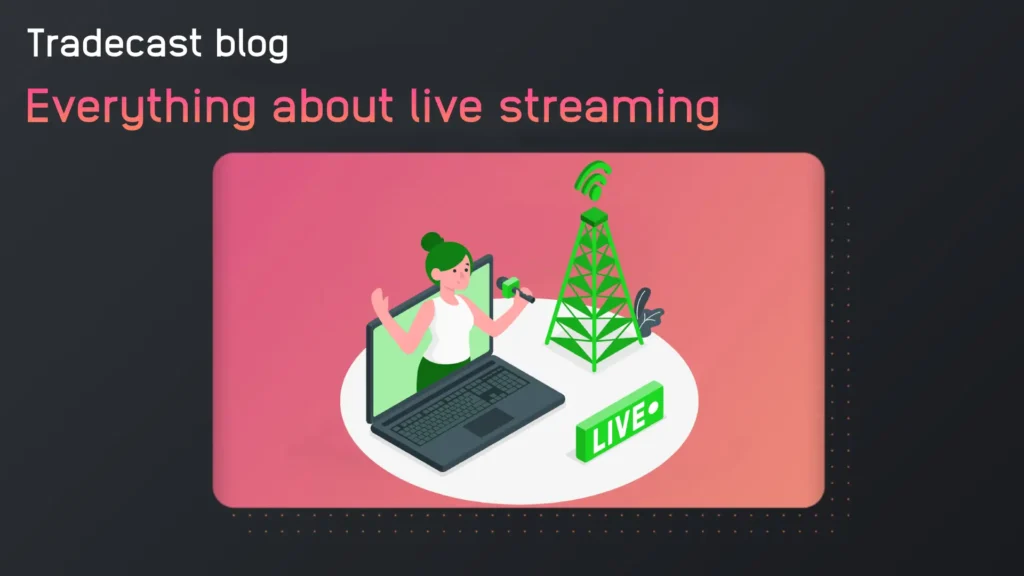In your search for viable revenue models for online video content you have undoubtedly come across the terms AVOD, SVOD and TVOD. And not without reason: these are the abbreviations of the three most important and frequently chosen revenue models for online video content. What do these terms mean? And – perhaps even more relevant – how do you exploit these revenue models on your own video platform?
Before we cover the three terms AVOD, SVOD and TVOD, it’s good to first consider a fourth abbreviation, namely OTT. It is helpful to first understand what this term means, as it encompasses the playing field in which the three revenue models AVOD, SVOD and TVOD operate. So let’s talk about OTT, perhaps the most important term in the online video world.
OTT: over-the-top
‘Over-the-top’ – abbreviated to ‘OTT’ – is the term used for offering video content over the internet. Movies, series and television programs no longer have to reach consumers solely through a cable provider. So when you watch videos over the internet without such an intermediary service – and especially when and where it suits you – you are doing so ‘over the top’.
Now that we have discussed this term, it is time to run through the four abbreviations for revenue models. Depending on the video content you want to offer, AVOD, SVOD and TVOD are the most common, most lucrative revenue models use. We’ll start with AVOD:
AVOD: video advertising
You hear the term ‘AVOD’ more and more and that’s not without reason: it is a distribution form that is booming. AVOD – which stands for ‘advertising-based video on demand’ – is the term used to describe the video distribution method that is becoming more common: free videos with advertising.
Platforms like YouTube, Facebook Watch, Roku’s Freeview Play, Pluto TV and the free version of NBC’s streaming service Peacock are examples of AVOD platforms. You’ll find a lot of free-to-view videos, movies and series here, and in return you’ll be shown non-skippable ads.
If you are interested in offering your video content in combination with automatically playing ads, then Tradecast might be an interesting partner. The Tradecast VMS makes it possible for you to distribute videos with the AVOD model. Owners of valuable, ‘premium’ content use the AVOD model in a very targeted manner and not for all their material, because this revenue model only really pays off when you reach a large number of viewers.
SVOD: subscription-based video sales
If you are involved in online video content, you have probably also seen it before: the abbreviation ‘SVOD’. It stands for ‘subscription video-on-demand’: watching videos via the internet for a fixed, periodic fee.
Well-known examples of SVOD services are Netflix, Videoland and HBO Max, but nowadays platforms like Tradecast make it possible to sell SVOD subscriptions themselves, for example on your own video platform.
With the Tradecast VMS you can easily select video content that should be covered by your SVOD subscription. Then you give your SVOD subscription a value and a duration, for example, a subscription for $5 per month which gives you access to the entire video offer. And that’s it! Viewers can now find your SVOD subscription on your Tradecast Video platform, pay and watch directly. It can be that simple to offer your own SVOD subscription service.
TVOD: transaction-based video sales
Finally, it’s time to talk about ‘TVOD’, a revenue model that is an extension of SVOD. TVOD stands for ‘transaction video on-demand’, or the sale of one or more videos for a set amount of time. Whereas SVOD is best viewed as a subscription service, the TVOD model offers a single video for sale or rent, often for a limited period of time. For example, think of renting a single feature film for $10, which you can watch once or several times in 48 hours after paying for it. After that period, you need to pay another $10 to access the movie again.
The Tradecast VMS makes setting up a TVOD revenue model very simple: after you have added one or more videos to a TVOD product to be sold in the VMS, it is time to create one or more Sales Options for the Product. A Selling Option is a bundle of “rules of the game” that make up an option that a buyer on your video platform can choose to purchase a Product. For example, an example of a Sale Option for a TVOD product might be: this Product costs a one-time fee of $4.99, which buys you access to the included video for a month.
Allright, now you know exactly what the terms AVOD, SVOD, TVOD and OTT mean so nothing stands in your way to use these revenue models for your own online video distribution. Want to know more about offering your video content through these revenue models on your own video platform? Check out the page ‘Our technology’ or click through to our knowledge platform Tradecast Learn for even more handy tips, tricks and walkthroughs.
Thanks for stopping by!






